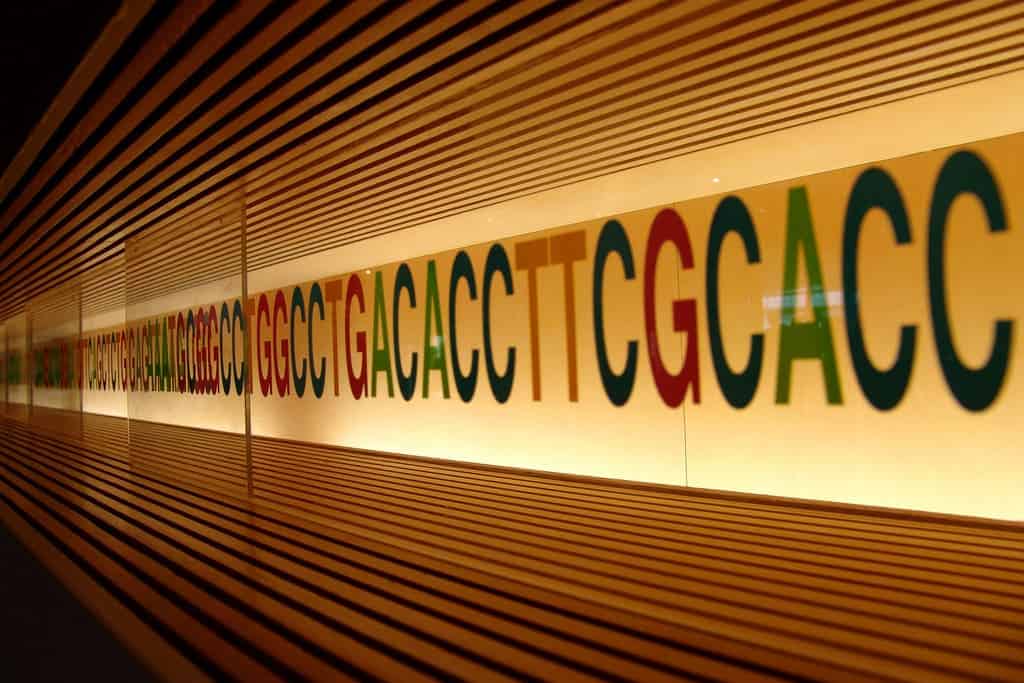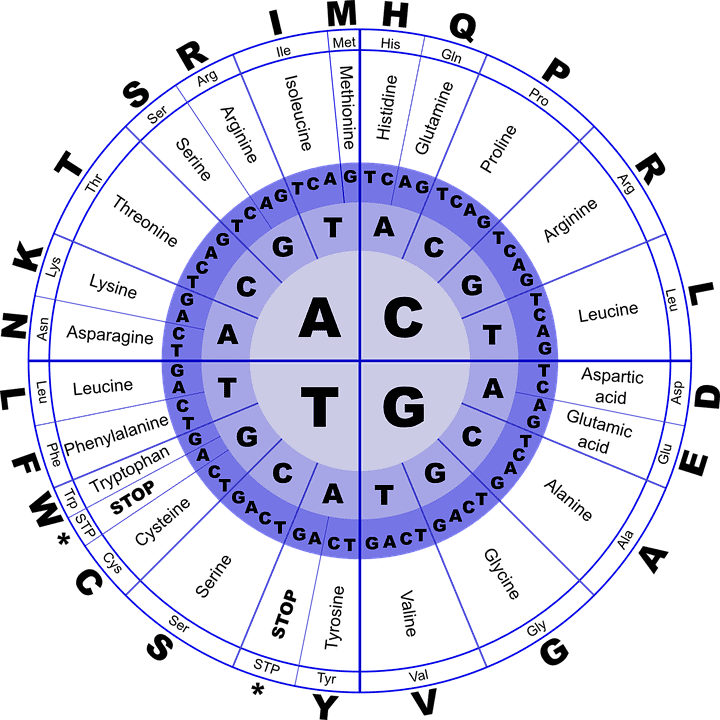Researchers have created the first stable semi-synthetic life, a strain of E. coli bacteria with two extra artificial nucleotides in its genetic code.

Image credits Miki Yoshihito / Flickr.
You, me, your pets, potatoes, coffee, basically all living things you can think of have one thing in common: the DNA that tells their cells what to do is encoded using only four bases. If you compare DNA to an instruction manual, nucleotides (or bases) would be the letters that make up words. In fact, we even represent them as letters — G, T, C, and A.
Pimp my DNA
You might have noticed that there’s only 4 of them. Which isn’t a lot. That’s why scientists have been toying around with the idea of adding extra letters to DNA for some time now.
It all started in 2014, when a team from the Scripps Research Institute in California successfully added synthetic nucelotides to a living organism’s DNA for the first time, creating so called semi-synthetic life. Their initial cultures were really bad at not dying, however. The team has spent two years refining the process, and has recently reported the creation of stable semi-synthetic organisms.
Their modified E. coli bacteria’s genetic code has two additional bases, X and Y, peppered throughout their DNA. The strain does not reject the X and Y bases and retains them in the genome for life. This achievement has incredible potential, as researchers can now tell cells what to do directly instead of rummaging around DNA strands for bits of code and being limited to natural processes.
“With the virtually unrestricted ability to maintain increased information, the optimised semi-synthetic organism now provides a suitable platform [to create] organisms with wholly unnatural attributes and traits not found elsewhere in nature,” the paper reads.
“This semi-synthetic organism constitutes a stable form of semi-synthetic life, and lays the foundation for efforts to impart life with new forms and functions.”
Bases for life
The team’s initial cultures weren’t viable as organisms. The main problems were that the cultures were weak and sickly compared to natural strains of E. coli, and that they couldn’t reliably replicate X and Y bases during division so their DNA often fractured during the process.
“If the semisynthetic organism is going to really be an organism, it has to be able to stably maintain [genetic] information,” said TSRI Professor and team leader Floyd Romsberg.
The team started by tweaking the nucelotide transport process, which inserts synthetic bases in the right spots of the bacterial genome. Their first transporter molecule was toxic to the bacteria, so it was altered until the cells showed no adverse reaction. Next, they changed the chemistry of the Y base so it was more easily recognized by the enzymes that power DNA replication during division. The last step was to use CRISPR-Cas9 to nudge E. coli into considering the artificial bases as a natural part of their genome.
CRISPR-Cas9 is widely used as a genome-editing tool today, but it is originally a bacterial defensive mechanism. When encountering a new threat, such as a virus, bacteria take fragments of its genome and grafts it into their own DNA. Though foreign in nature, these pieces of code are treated as belonging to the bacteria. If the invader returns, these bits are used to create enzymes to attack them. The team programmed the semi-synthetic E. coli to treat genetic sequences without X and Y as a threat, meaning that any cells which lost them during replication were attacked.
Using the new methods, they were able to engineer stable E. coli cells. The bacteria are healthier and more autonomous than before. They also kept their artificial bases for 60 division cycles, so the team considers they an likely keep their genome make-up indefinitely.
Genetic gibberish

Image via Pixabay.
Right now, the X and Y bases don’t actually do anything. The pair they form doesn’t mean anything from the cell’s point of view — it doesn’t encode any information for the bacteria to use. Basically, they just take up space in the genome. In fact, they’re so foreign the bacteria don’t even know how to make more — the team has to supply X and Y for each division cycle.
As a proof of concept however, it shows that artificial bases can be grafted into a living organism and made to stick. The team will have to insert a gene that is actually readable for the bacteria to start using it.
Because X and Y are nothing like what nature has used up to now, Romsberg advises against panic that the semi-synthetic bug will evolve and wipe us out.
“Evolution works by starting with something close, and then changing what it can do in small steps,” Romesberg told Ian Sample at The Guardian.
“Our X and Y are unlike natural DNA, so nature has nothing close to start with. We have shown many times that when you do not provide X and Y, the cells die, every time.”
Having the ability to program cells to produce exotic proteins is the cornerstone in producing a huge range of new drugs. Alternatively, the E. coli can be used to produce novel materials, store information, and much more.
The full paper “A semi-synthetic organism with an expanded genetic alphabet” has been published in the journal PNAS.


